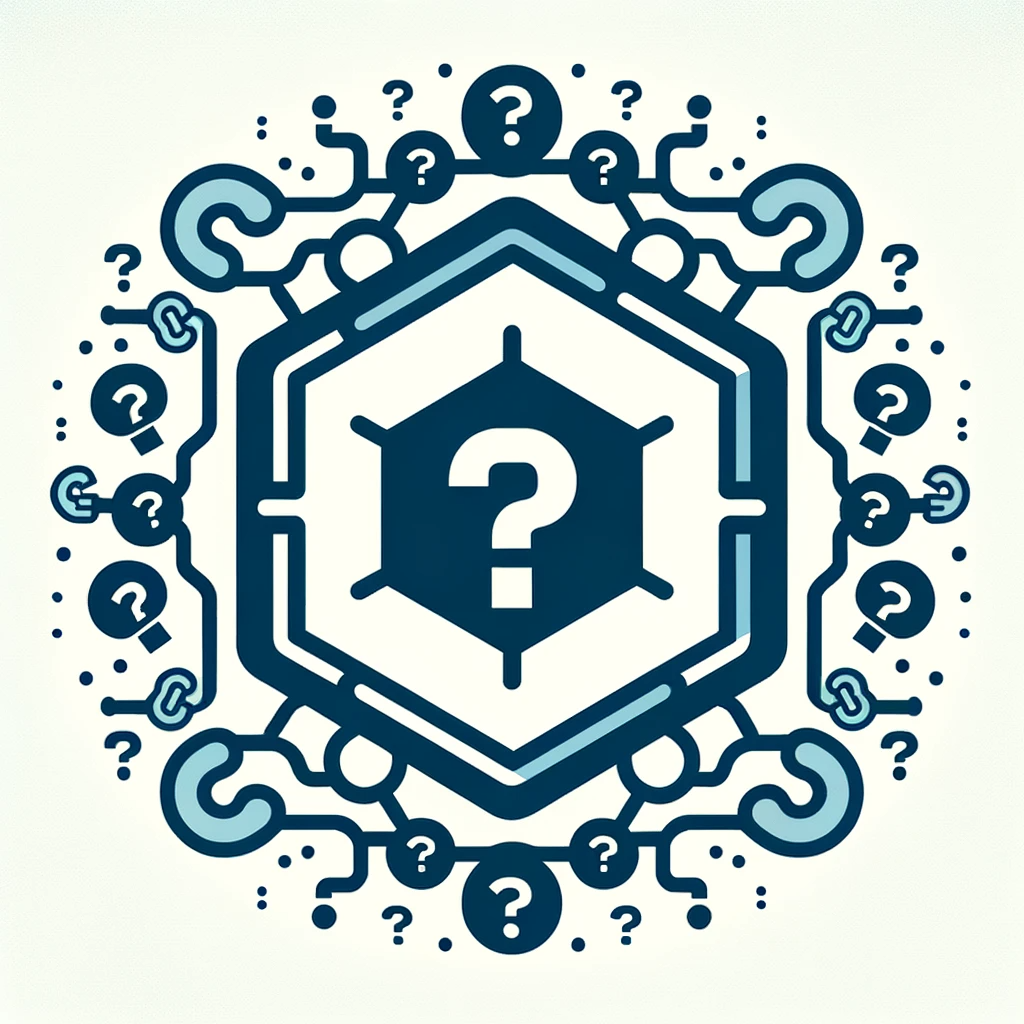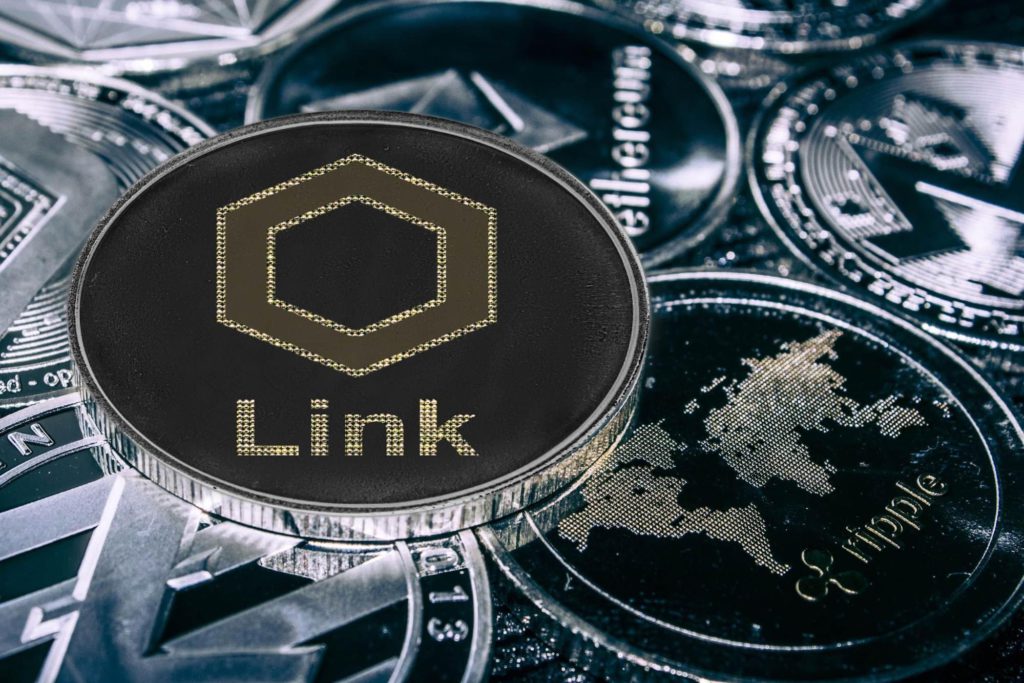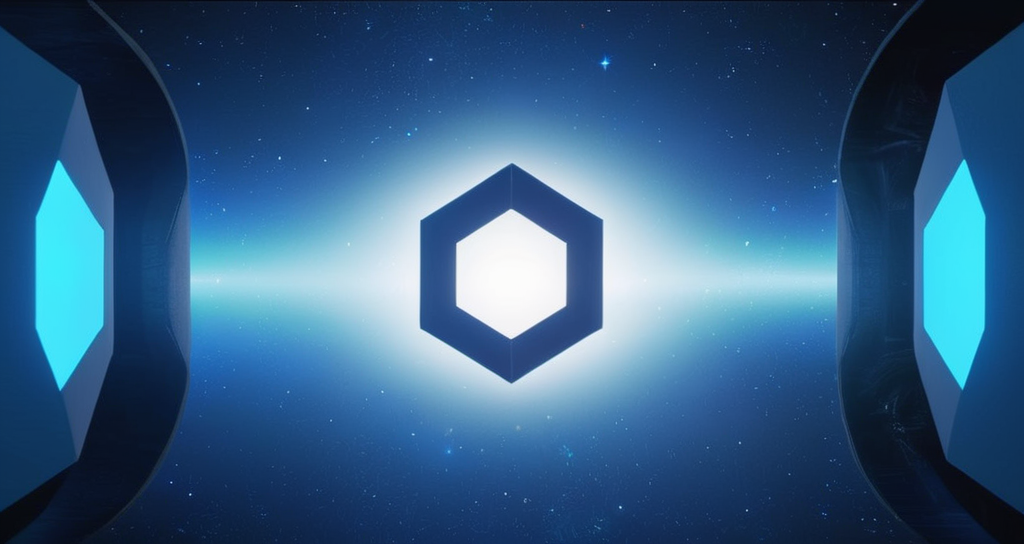Have you ever heard about the oracle problem? The idea is to provide applications running on blockchains with real data from outside the blockchain by using oracles. How is this possible? Via the Chainlink, which was created to solve this problem. In this article you can learn what is Chainlink and its features in this article.
What is Chainlink? – A Crypto for Smart Contract
Chainlink is a decentralized oracle network that connects blockchains with off-chain data. Oracles works as intermediaries, allowing smart contracts to interact with external data sources, APIs, and real-world events, such as weather data, financial market data, and many others. This is the way to transfer real-world data to smart contracts. This information is essential for many blockchain applications like decentralized finance (DeFi), insurance, and gaming. Chainlink also makes it possible to these real-world applications to integrate these data. It doing it with keeping security and reliability.
Chainlink runs on the Ethereum blockchain network and uses its blockchain technology. It doesn’t have an own blockchain network. Chainlink’s native crypto token is the LINK cryptocurrency. It’s an ERC-20 token used to pay Chainlink node operators.
Origin of Chainlink
Chainlink was founded in 2017 by Sergey Nazarov, who is the project’s CEO. The project was launched with a white paper that presented the vision of the Chainlink team for a decentralized oracle network, which includes the Chainlink core software as a foundational component. The Chainlink team has so far achieved significant milestones since the mainnet launch in June 2019, positioning Chainlink as the industry-standard oracle solution for blockchain.

Chainlink also held an initial coin offering in the late 2017 where they issued 1 billion LINK token for only $0,11. They collected a record of $32 million.
How Does Chainlink Work? – Features of Chainlink
Chainlink is operated by a decentralized network of node operators, which prevents any single entity from controlling the network. It uses hybrid smart contracts that combine on-chain and off-chain components. This allows for secure and efficient data transmission.
Chainlink also uses off-chain reporting by the Chainlink aggregation contract. It functions as a smart contract that aggregates data from multiple oracles before delivering it to the requesting smart contract.
Chainlink uses two more contracts to make sure that the data is accurate, reliable, and secure. These are the order-matching contract and the reputation contract to provide effective interaction between data providers and users.
Aggregation Contract
Aggregation contract guarantees high data quality and trustworthiness for smart contracts that rely on external data. Doing it by collecting responses from various oracle nodes, processing this data, and then calculating a single, aggregated result. This process often involves averaging the data or using more complex statistical methods to filter out potential inaccuracies.
Order-Matching Contract
The Chainlink Order-Matching Contract manages the process of selecting oracle nodes for a given request. When a request for data is made, this contract lists the job, allowing oracles to bid for the chance to fulfill it. The contract then selects the oracles based on criterias, such as their bid and their reputation. These contracts contains data types, the needed accuracy and the payment details. It helps in selecting the most reliable nodes for specific tasks.
Reputation Contract
The Chainlink Reputation Contract is designed to track the performance and reliability of oracle nodes in the Chainlink oracle network. It records and assesses various metrics about oracle nodes, such as the completion rate of jobs, the accuracy of reports provided, and the timeliness of responses.
Applications of Chainlink
Chainlink is used in a wide variety of applications, including DeFi, insurance or gaming. Among the types of Chainlink applications, providing price data for DeFi protocols like Uniswap and Aave stands out as a key use case. It provides weather data for insurance protocols, such as Arbol and Etherisc. In gaming Chainlink also provides random number generation (RNG) for blockchain games, such as Gods Unchained and Sorare.
How Chainlink Decentralized Oracle Network Works?
Chainlink service is a three-step process to bridge blockchain smart contracts with real-world data sources. This begins with oracle nodes selection, where the Chainlink user creates a Chainlink SLA (service level agreement) detailing their data needs. Once the Chainlink protocol registers this request, the system selects the most suitable oracles based on the SLA, and the user locks in the contract on the blockchain by depositing LINK.
In the Data Reporting phase, the selected oracles retrieve the required data from external sources, process it and send it back to Chainlink. The final phase, Result Aggregation, involves an aggregation contract.
The Role of LINK Token – From Stake to Reward
Chainlink’s native cryptocurrency is LINK, and every oracle within the Chainlink network earns LINK for their services.
LINK has a total supply of 1 billion tokens, with approximately 480 million tokens in circulation as of November 2023. The token’s market capitalization is currently around $2.5 billion, making it one of the top 20 cryptocurrencies by market cap.
LINK has experienced significant price growth since its launch in 2017. Its price reached an all-time high of $53.60 in May 2021, and it has maintained a relatively stable price range between $7 and $15 in recent months.
Utilities of LINK
LINK serves several important functions within the Chainlink ecosystem. Users pay for oracles’ services with LINK token. This guarantee that node operators for their work are compensated.
The token holders also can stake LINK to earn rewards for contributing to the network’s security and stability. Stakers can earn LINK tokens as a reward for their participation from transaction fees generated by the network. They may also participate in the governance of the Chainlink network by voting on proposals related to the network’s development and operations.
Future for LINK
LINK are expected to play an important role for Chainlink’s oracle services grows. The expansion of the DeFi ecosystem, adoption by new blockchain projects, and exploration of new use cases in industries like healthcare and supply chain management are all expected to drive demand for LINK.

In addition to their functional utilities, LINK may also hold value as a speculative asset due to the potential growth of the blockchain industry and the increasing demand for reliable oracle solutions.
Investing in Chainlink
Chainlink (LINK) is a prominent cryptocurrency in the blockchain ecosystem. As the demand for reliable oracle solutions grows, LINK has gained popularity from investors. LINK’s value is from its role in facilitating the interaction between blockchains and off-chain data sources. So probably as the range of DApps and fintech widening, Chainlink and LINK could have a bright future.
How To Buy Chainlink?
If you’re considering investing in Chainlink (LINK), here’s a step-by-step guide to buying LINK:
-
Choose a Cryptocurrency Exchange: Select a reputable cryptocurrency exchange that supports LINK trading. Popular options include Coinbase, Binance, and Kraken.
-
Create an Account: Register for an account on the chosen exchange, providing personal information and completing verification procedures.
-
Fund Your Account: Deposit funds into your account using supported fiat currencies or cryptocurrencies.
-
Buy LINK: Navigate to the LINK trading pair and place an order to buy LINK tokens using your deposited funds.
-
Store Your LINK: Once your order is executed, you can store your LINK in the exchange’s wallet or transfer them to a secure personal wallet. For a detailed overview about crypto wallets, click here.




